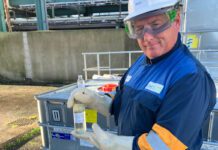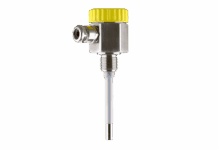When considering the storage of flammable liquids there are strict adherences concerning separation distances. This is the distance the flammable liquids must be stored from occupied buildings, boundaries, process units, flammable liquid storage tank, or sources of ignition.
Up to 1000ltr – 2 metres
1000ltr to 100,000ltrs – 4 metres
Above 100,000ltr – 7.5 metres
If you can achieve the relevant distance you can use a standard single skinned, fully bunded storage unit to hold you flammable liquids. If you can’t achieve the relevant distance the storage unit must be 1 hour fire rated to comply with UK legislation.
Some questions worth considering when working with flammable substances:
Is there good natural air movement in and around where the flammable substances are stored and used? If not you may have to consider mechanical air changes. Good ventilation will mean that any vapours given off from a spill, leak, or release will be rapidly dispersed.
Have all the obvious ignition sources been removed from the storage and handling areas? You need to think outside the box as an ignition source can be very varied, sparks from electrical equipment, welding or cutting tools, hot surfaces, open flames, static charge etc.
An explosion can be caused by the simple action of decanting a flammable liquid from one container to another if they have not been earthed
Are your flammable substances kept in the correct type of container? Does it need to be fire rated? Or if there is a spill will it be contained and prevented from spreading? Dependant on the quantity of product involved and the separation distance you may need a fire rated storage unit.
Are your flammable substances stored and used in a different area to other processes? By separating them you will lessen the risk of an incident and improve workplace safety.
These are just a few examples of the types of questions you need to be considering and you also need to remember that it’s the responsibility of the employer / duty holder to ensure that cabinets / bins meet the minimum legal requirements. Equally, the use of cabinets / bins with enhanced fire performance should not be seen as a substitute for the provision of a dedicated store room(s) and outdoor storage areas for the safe keeping of containers which are nominally empty or are not needed for current work.
It’s important not to overlook any aspect associated with the safe handling of flammable liquids such as static discharge during filling / decanting, combustion due to excessive heat build-up, potential ignition sources such as a spark from a tool or electrical component and pressure build-up in a container.
Lastly please remember to consult with your insurance provider and local authority fire brigade as they will have valuable input that could save you time and money going forward.
01506 430309, www.empteezy.co.uk






